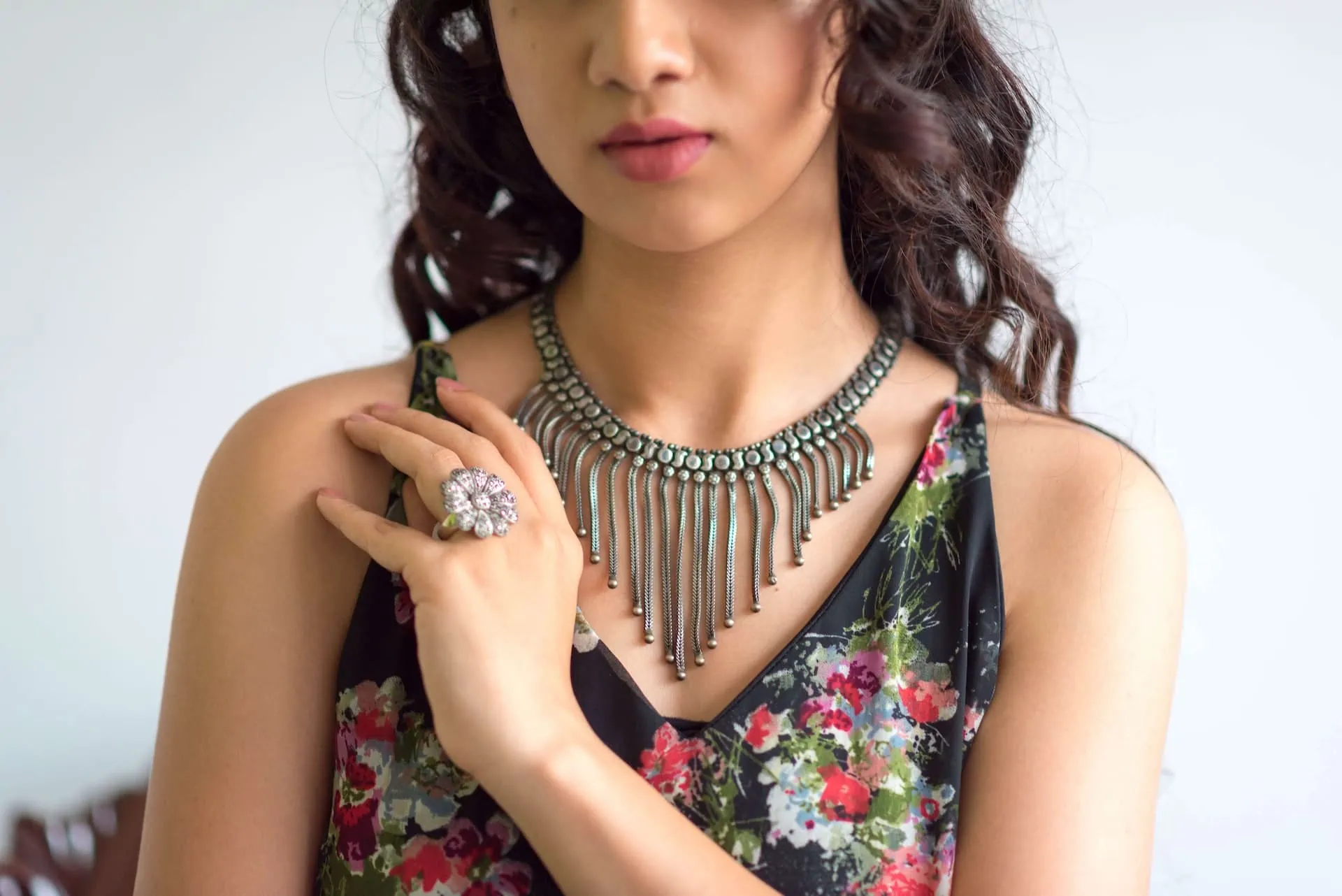
Table of Contents
Nickel jewelry often lies at the heart of a heated debate due to its ability to trigger allergic reactions. Many have experienced the discomfort of skin irritations caused by this common allergen in jewelry. For those new to the controversy, it’s important to understand why nickel, in spite of its prevalence, can be problematic and why it’s best avoided to maintain skin health and comfort.
Let’s explore everything there is to know about nickel jewelry and why it should be avoided.
What is Nickel?
Nickel shines with a silver-white glow and a hint of gold, falling into the group of hard and flexible transition metals. This magnetic metal, found alongside iron, cobalt, and gadolinium, spreads widely across the Earth’s crust. People have long used it to make coins and rust-resistant stainless steel.
It powers many rechargeable batteries, including those in electric cars. Nickel also strengthens other metals and gives a protective, shiny coating when electroplated. Despite these uses, it’s less common in items like jewelry now because it often causes skin allergies and rashes.
What’s the History of Nickel Jewelry?
Nickel once shone as a go-to metal for making jewelry, thanks to its silver-like shine and tough nature. Throughout the 1800s and 1900s, jewelers often chose nickel to craft pieces that looked high-end without the high price tag. They mixed nickel with other metals to create “nickel silver” or “German silver,” even though these alloys didn’t contain any real silver.
As time went on, nickel’s main job in jewelry was to support gold and silver plating, giving pieces the right shape and a quality surface. Back then, nickel-free options were harder to find and more expensive, which is why nickel was so common.
By the end of the 20th century, it became clear that nickel was causing skin allergies, like contact dermatitis, for many people. This revelation led to changes in the jewelry world. New rules, especially in the European Union, started to cut down or completely ban nickel in jewelry to prevent skin contact.
Today, you’ll find less nickel in jewelry as people have become more aware of its risks and now prefer products without nickel.
Why is Nickel Used in Jewelry?
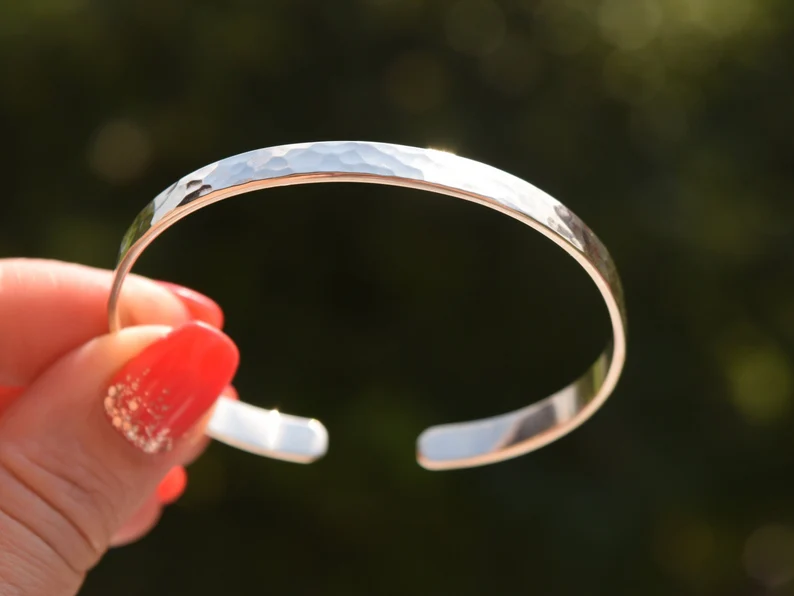
The same properties that make nickel so popular in most modern industries also make it perfect for various types of jewelry alloys. Adding a few percentages of nickel to a 14K or 18K gold ring, for example, adds durability, heat, and corrosion resistance, as well as a nice silvery-golden tinge.
Most crucially, however, nickel is an incredibly affordable metal which is why it’s often added to bring the overall price – or, rather, the production costs of jewelry – down.
All of this would have been fine if it wasn’t for the issue of nickel allergies and the increased risk of some types of cancer.
What is Nickel Jewelry Allergy?
Nickel skin allergies are fairly common, especially for women. Prolonged exposure to nickel can also lead to allergic contact dermatitis which takes the form of an itchy skin rash.
What’s worse, such nickel allergies can easily appear after extensive nickel exposure even in adults that haven’t had such problems in the past. So, even if you don’t think you’ve had skin issues from contact with nickel before, nickel in jewelry can still lead to such problems down the line.
As for cancer, nickel is known to lead to increased risks of nasal and lung cancer as the metal is carcinogenic to humans.
Although it should be said that exposure to nickel in our everyday life is more or less unavoidable – we eat it with a lot of our food, breathe it in the air, drink it in water, and more. So, avoiding nickel in jewelry isn’t all that significant when it comes to the risk of cancer.
As far as skin allergies are concerned, however, it is worth it to look for nickel-free jewelry – wearing nickel jewelry will certainly lead to significantly increased risks of skin issues and irritations if you’re prone to these.
What Does Nickel-Free Mean?
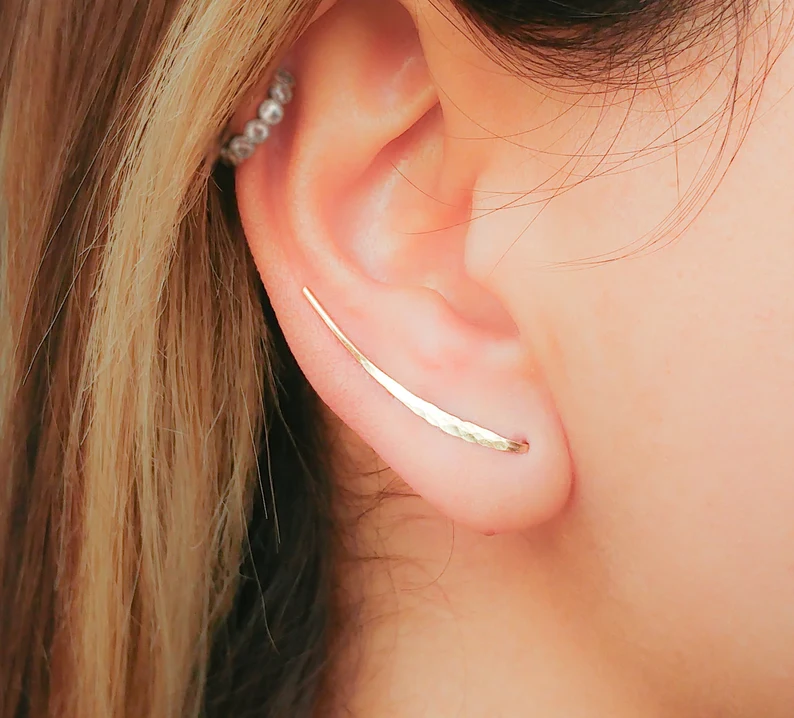
Finding jewelry free of nickel sounds like it shouldn’t be all that complicated – most respectable jewelers are expected to give their clients detailed information about the materials that were used in the making of their jewelry.
Yet, you might be surprised to find out that many countries, including the US, don’t really have a standard for nickel jewelry. In other words – there is a risk when buying certain metals and types of jewelry, that there will be at least some nickel in them – sometimes just a couple of percent of the overall alloy, sometimes more.
An easy way to avoid this is to look for jewelry metals and alloys that don’t have nickel by definition, such as rose gold, copper jewelry, non-metal jewelry like silicone, and others. Always shop from reputable jewelers that you can trust to deal with high-quality jewelry materials and are fully transparent with the materials they use.
What are Safe Metals to Wear?
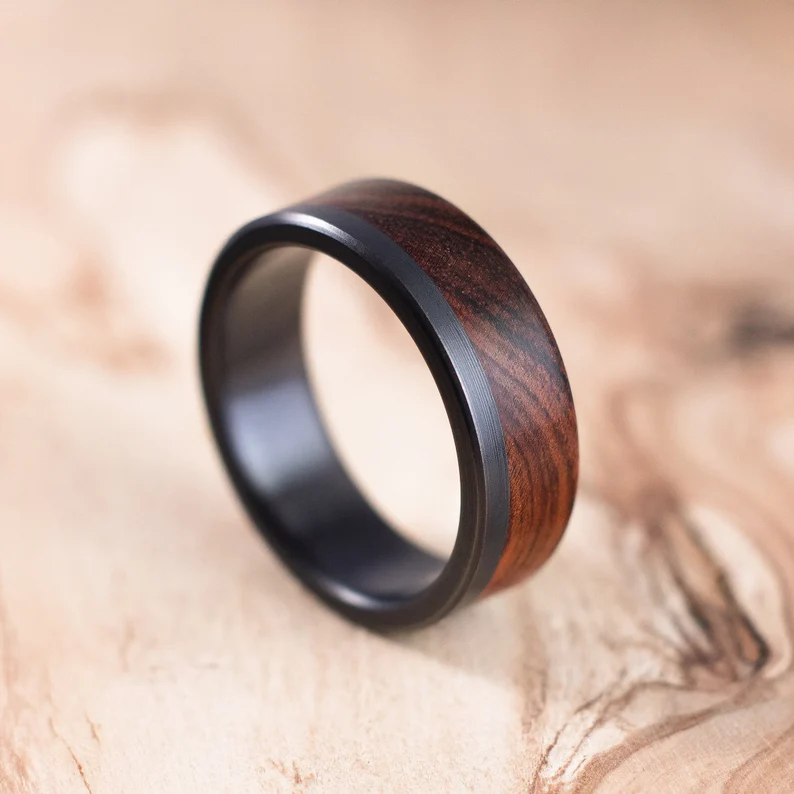
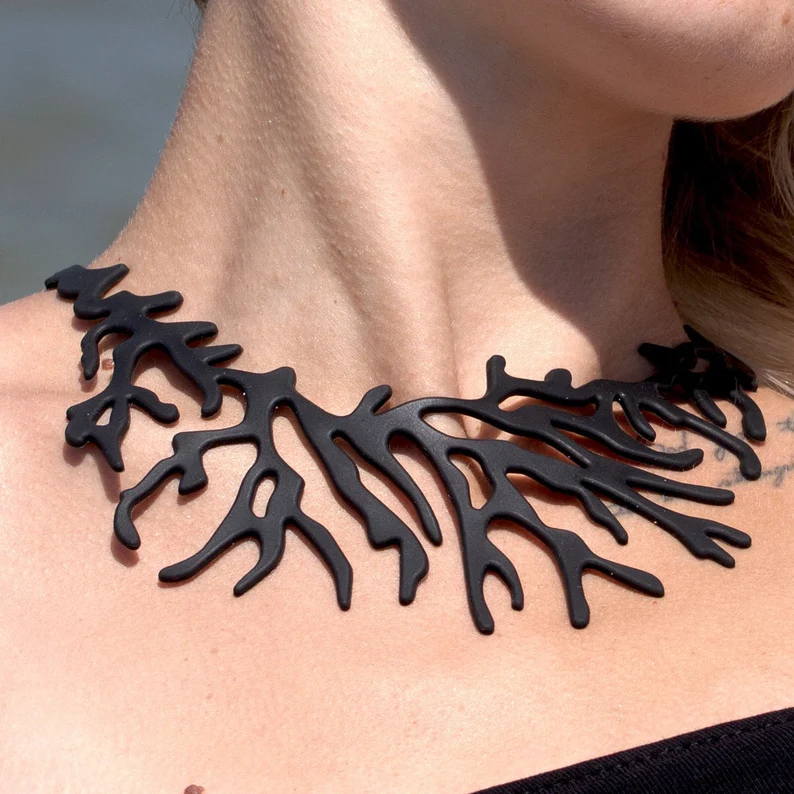
The safest way to make sure there is no nickel in your jewelry is to buy non-metal jewelry, but most people don’t prefer it. If you do want a metal piece such as a ring or a necklace, there are some metals you can be confident don’t include any nickel. The most popular examples include:
- Rose gold (an alloy of gold, copper, and a bit of silver)
- Sterling silver
- Titanium
- Platinum
- High-quality 18K and 14K yellow gold (although there is a small risk of some nickel presence, depending on the manufacturer)
White gold alloys that are made with palladium and silver are nickel-free but there is an unfortunately high number of white gold out there that contains a fair bit of nickel. The same goes for stainless steel – while it’s not expected to contain nickel, some of it does.
If you want to be certain that the jewelry you’ve purchased is nickel free, you can always use a nickel test kit online to test it. Such tests typically use a chemical called dimethylglyoxime and can easily be found online. If the test indicates the presence of nickel, you can just return the jewelry if it’s still in the jeweler’s full refund period.
Nickel Free vs. Hypoallergenic
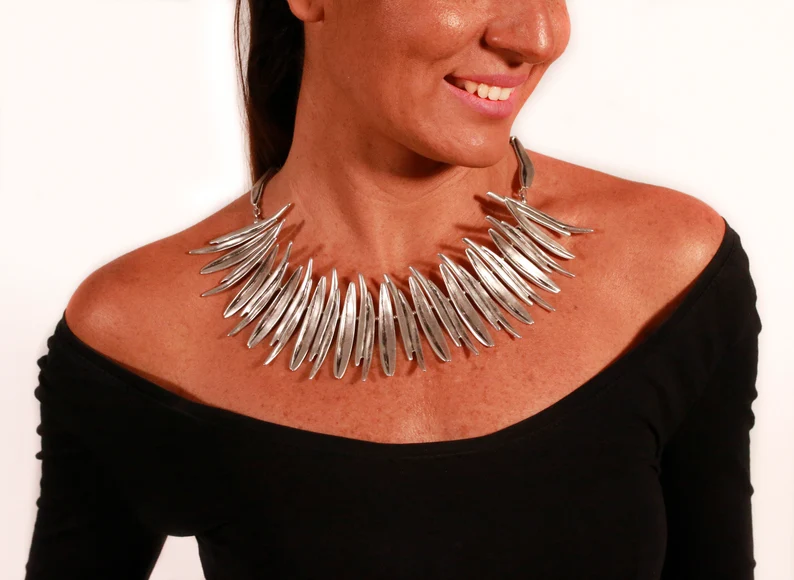
Lastly, note that many jewelry metals that are called hypoallergenic do, in fact, contain nickel in them. That’s because the term hypoallergenic doesn’t actually mean “100% safe for people with allergies” as people often think it does.
Instead, hypoallergenic simply means that the material in question (or thing, pet, etc.) is safe for most people overall, with most usually meaning more than 50%.
So, even if a certain piece of jewelry or metal is dubbed “hypoallergenic” that in no way guarantees that it is free of nickel.
Wrapping Up – Should I Avoid Nickel Jewelry?
All in all, while many people have and wear jewelry with nickel in it without noticing or experiencing any problems, lots of other people have learned the hard way why it’s a good idea to avoid this metal. Buying nickel-free jewelry can take a bit more research and cost a little more but that’s often worth it.









